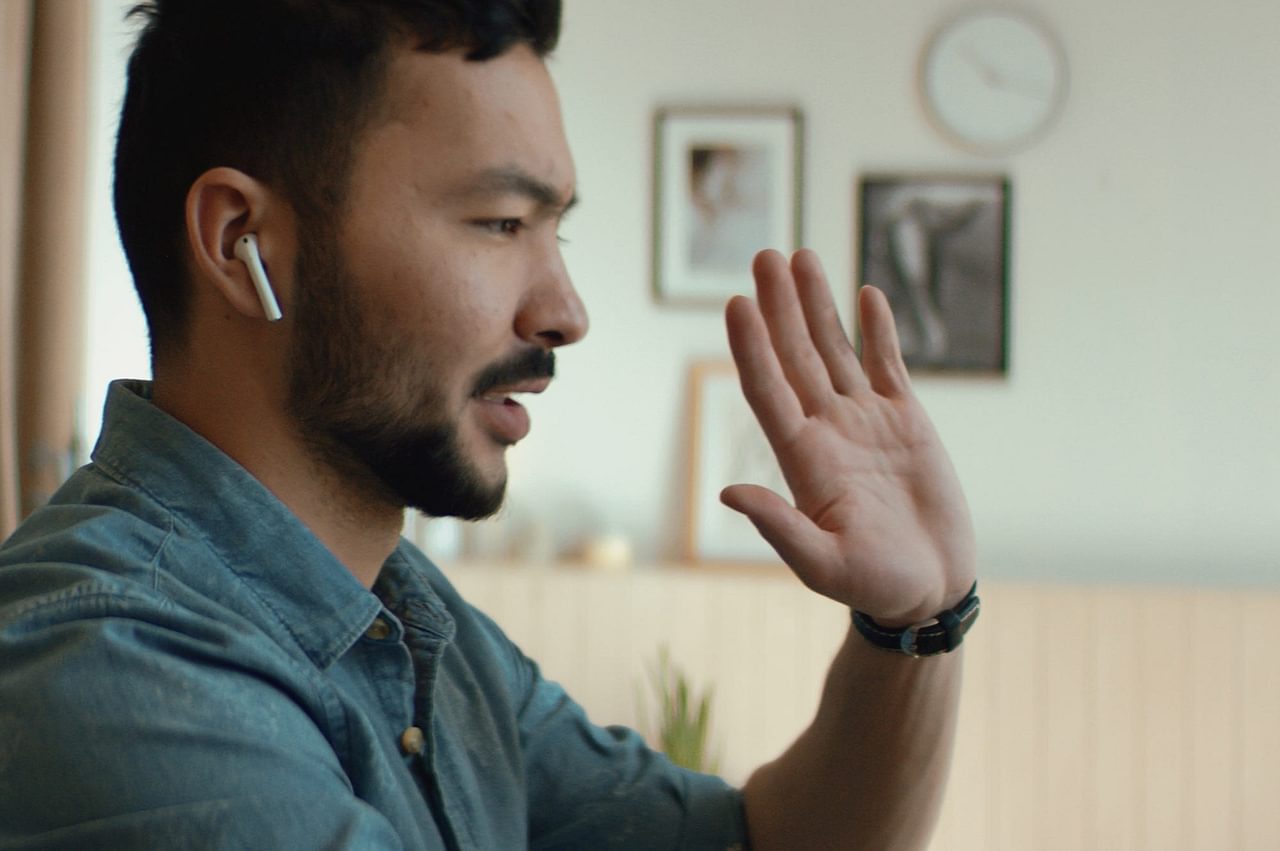Four Keys to Better Video Conferencing

This article was originally published at Forbes.com
From casual meetings to formal presentations, we are on video exponentially more than ever before. Because we do so much of it, it’s easy to fall into bad habits and miss important opportunities to make the right impression. Here are ways you can keep your audience engaged and looking forward to seeing you!
Frame Yourself
A great place to start is thinking about your backdrop and lighting. If you don’t have a theatrical background, use these tips:
- For your background, find a balance between interesting and distracting. Bookcases are popular, but resist the temptation to display book covers—unless that’s what you are selling!
- Provide some breathing room between you and the backdrop—even just a few feet helps.
- An interesting backdrop can be a conversation starter during those awkward two minutes while waiting for everyone to arrive.
- Fake backgrounds are a mixed bag. Having your head pop in and out of the background can be distracting, but that might still be better than a plain white wall or a cluttered room. And bonus points for picking a background photo that speaks to your personality.
- Check your camera angle. No one wants to see up your nose, so consider elevating your camera until it is at eye level. If you have multiple screens, adjust them so you are not looking too far off camera, especially while speaking.
- Lighting matters! Avoid looking like you’re in witness protection by having a light in front of you, or slightly to the side. If you sit next to a window, you may need to compensate for how the sun moves during the day. Add a lamp for fill and, if possible, a third light to subtly fill your background.
- Avoid harsh blue light and opt for soft white light.
- Spend some time on Zoom or your favorite platform by yourself to get a sense of how others see you.

Practice Self-awareness
It’s good advice in general, but it really matters when your face is on screen. Again, spend some time alone watching yourself to get a sense of how others see you.
Here is a quick list of things to do:
- Look at the camera, not the other faces. It takes some getting used to, but your audience will feel like you are talking directly to them.
- Practice the Mona Lisa smile when you are not talking.
- Use a bigger smile when you are talking (unless it is inappropriate to smile given the topic, of course).
- Project energy in your voice and movements. If you have a standing desk, presenting on your feet can help otherwise, sit up straight or even lean forward slightly.
- As a sign of respect, have your camera on unless EVERYONE else has their camera off.
- Mute yourself when you are not speaking. Learn the instant unmute keyboard shortcut and be quick on the draw.
- If you wear eyeglasses, use lenses that are optimal for the distance to your screen. Constantly tilting your head to see through bifocals can be less than flattering—not to mention distracting.

Things to avoid:
- Yawning and stretching
- Clueless RBF
- Eating
- Distracting movements—don’t rub your face, play with your hair, etc.
Invest in Technology
A few small investments in the right technology can pay for themselves in terms of audience engagement and how your thoughts and ideas are perceived. Take the following steps to ensure your audio-visual experience is on par:
- Record yourself and listen back to check your audio quality.
- Use the right equipment for good audio quality. Newer laptops have good microphones, but an old laptop may mean you need an external microphone.
- Old laptops can have fan issues, too, which can be picked up in your audio.
- Headsets are fine visually if it means you have better audio quality.
- Invest in stable internet access.
- Test out your technology and platform ahead of time—every time. Upgrades to systems can catch you off guard.

When You Are the Speaker
If you are speaking formally or are a presenter, here are a few tips to add to the ones above:
- If the event doesn’t start on time, be prepared to fill the killer minutes at the beginning. Staring blankly into the camera is uncomfortable for everyone.
- Don’t bury the lead. Get the attention of your audience immediately.
- Keep your presentation pithy—this is precisely why Ted Talks have been so successful.
- Practice your presentation (including slide transitions, if applicable).
- If you need to, you can use a text document as a teleprompter. Put the document up on the front screen, remove toolbars and keep the text at the very top by your camera. Sit back far enough that your eye movements are not too distracting. Scroll discreetly to keep your presentation on track. Practice this to get the technique down.
- All other tips for good presentations still apply.
- Ask for a recording, and use the opportunity for some public relations and social media.
While the future will eventually bring us back to in-person meetings, video conferencing will always have some role in how we communicate. And even a few changes can make a big difference in your video presence! What tips can you share? Email me at sara.steever@paulsen.agency.
